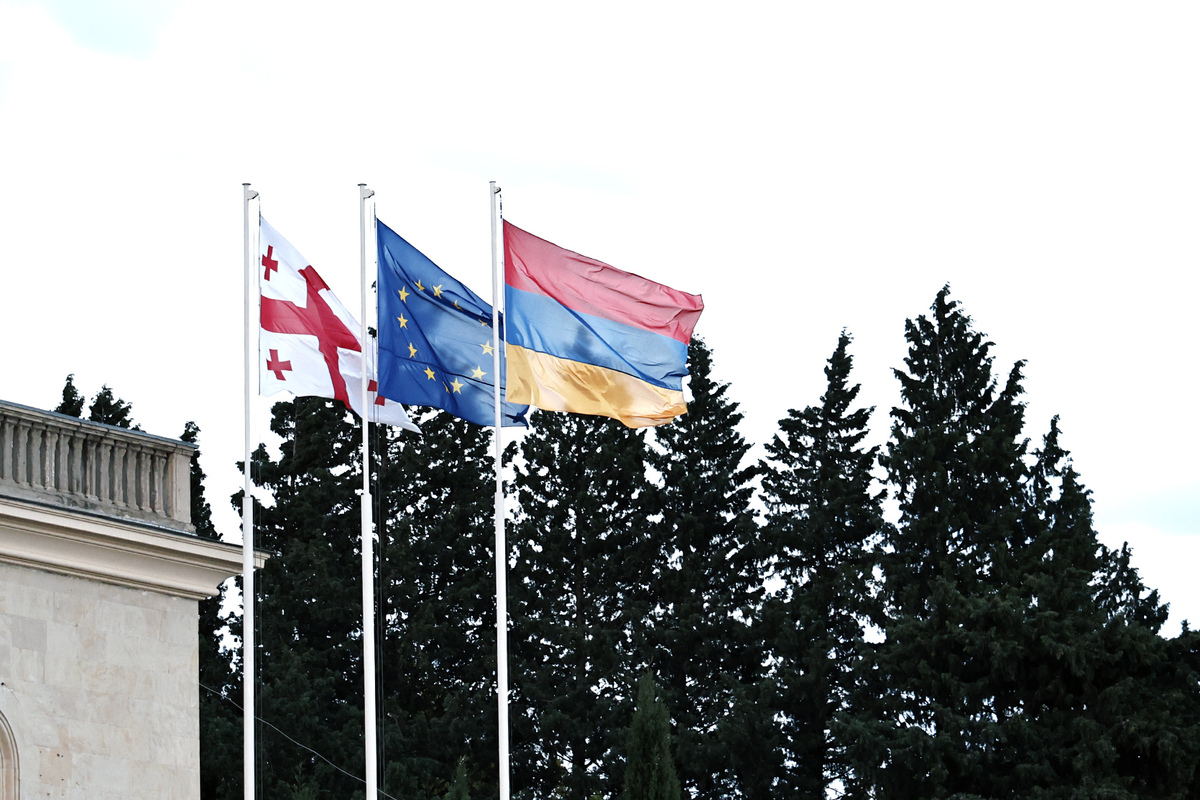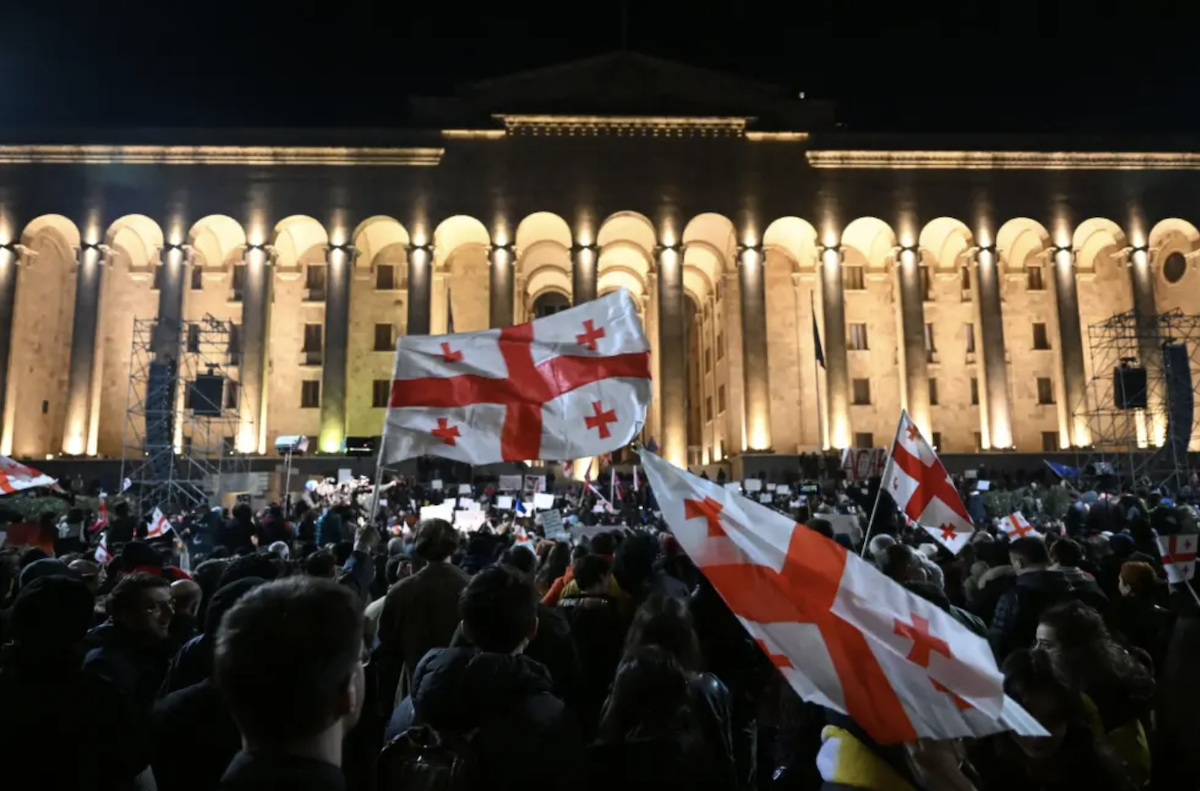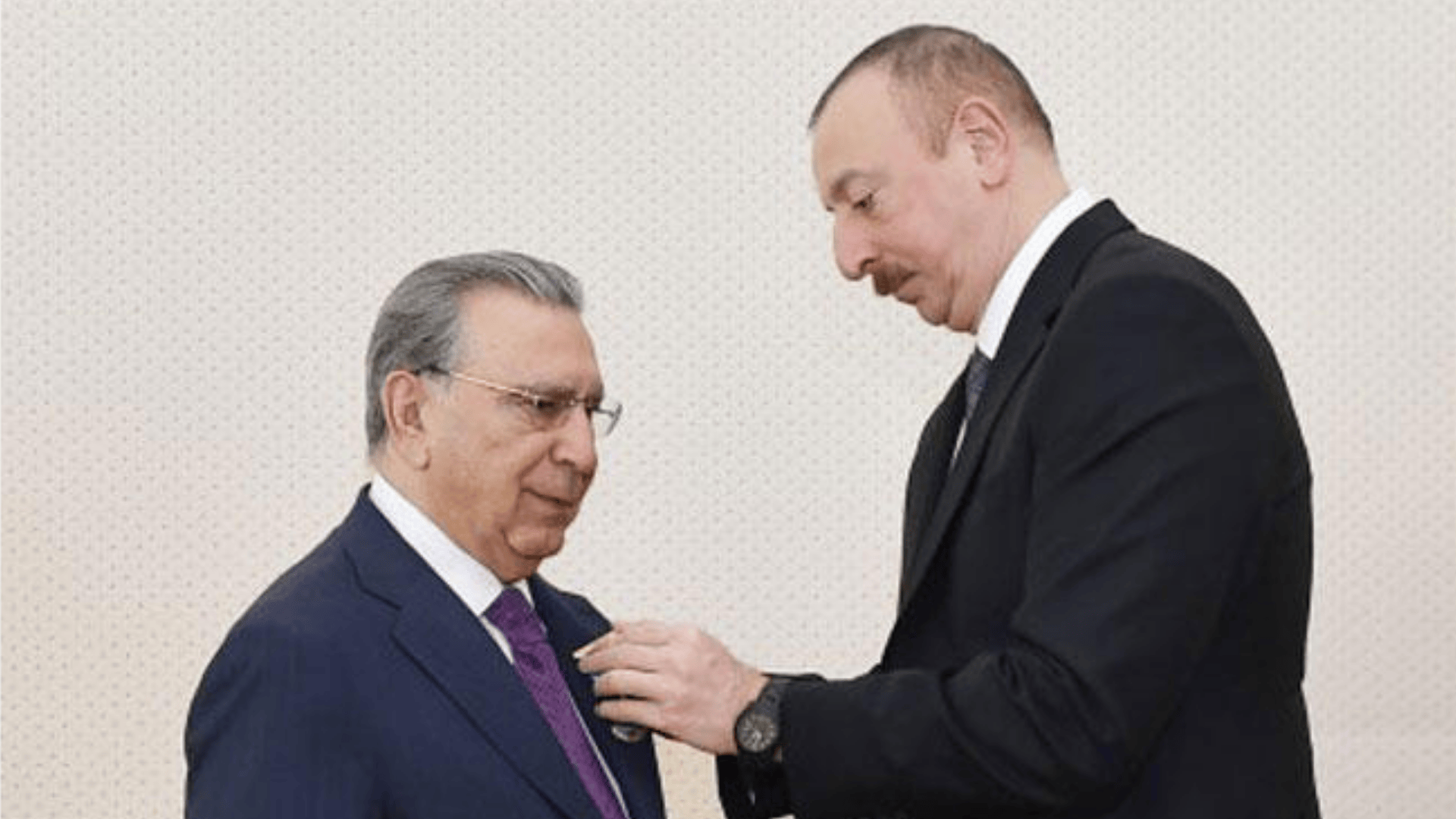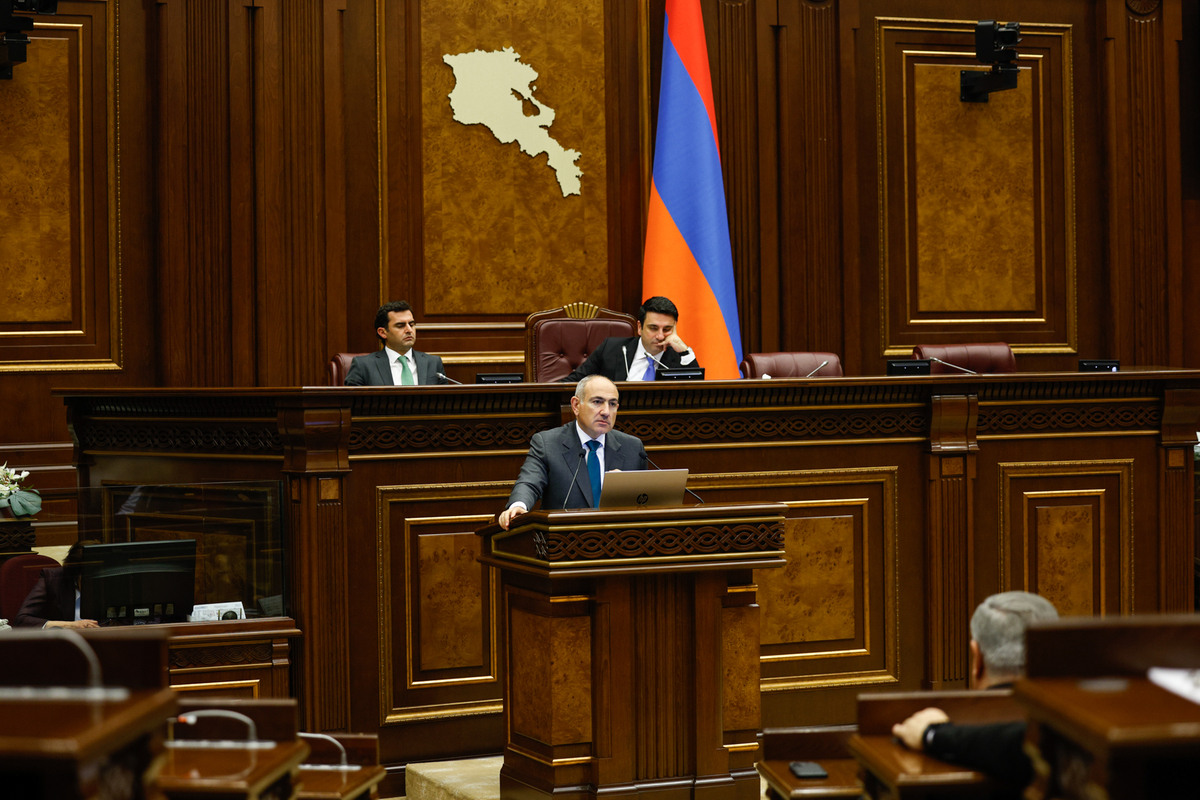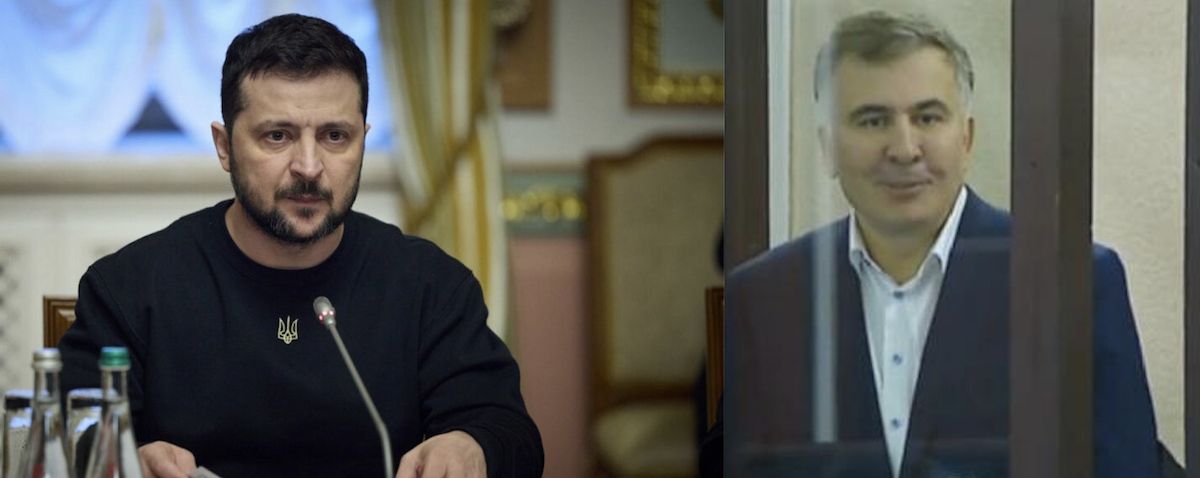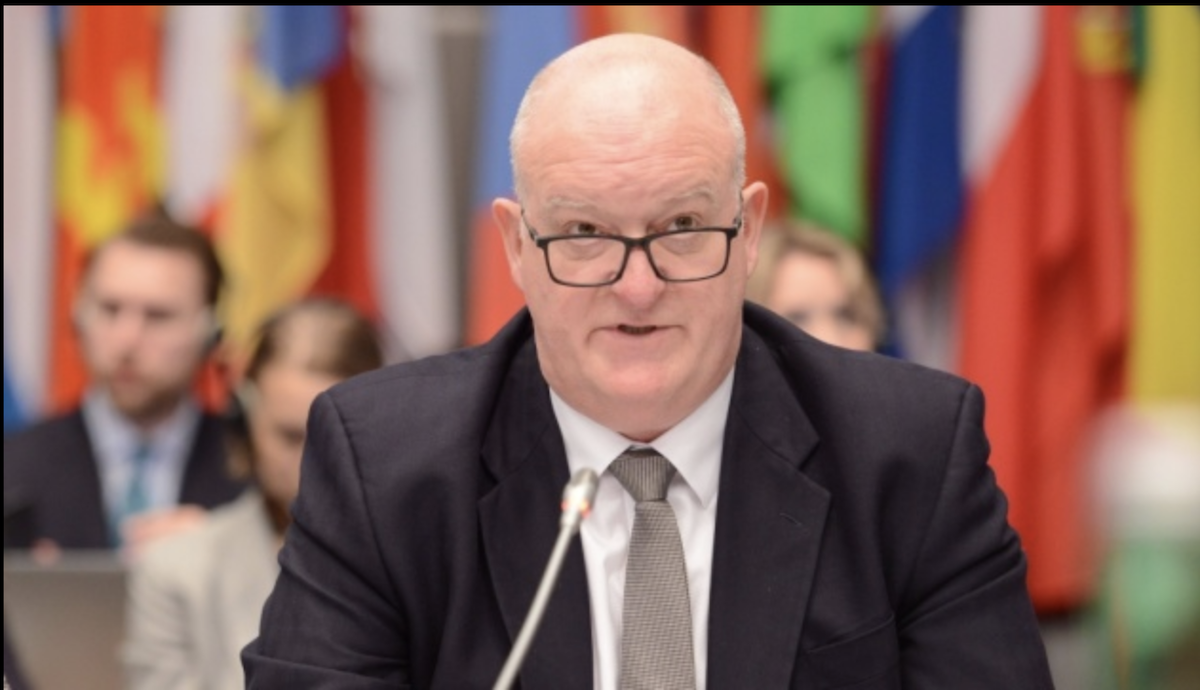Another land: Nagorno-Karabakh one year after the war
On the anniversary of the second Karabakh war, JAMnews publishes an article by a journalist who covered the course of hostilities in Karabakh in the fall of 2020. Arthur Khachatryan went to the same places where he stayed during the hostilities, and talked about the situation that developed here after the end of the war.
- PM of Armenia: Karabakh conflict cannot be considered settled
- US Congress demands Azerbaijan to release all Armenian prisoners of war
- Armenia files a lawsuit against Azerbaijan at International Court of Justice
On September 27, 2020, something happened that, without exaggeration, the entire population of the unrecognized Nagorno-Karabakh Republic feared. At 7 o’clock in the morning, the war began. The fact that this was not just another skirmish on the border, of which there had been a great many in recent years, became clear to everyone from the very first minutes.
The war, in fact, was marked by the bombing of the capital and other large settlements. An hour later, the defense army reported that Azerbaijan attacked the positions of the republic’s armed forces along the entire length of the contact line. Thus began one of the bloodiest wars in the region in the 21st century.
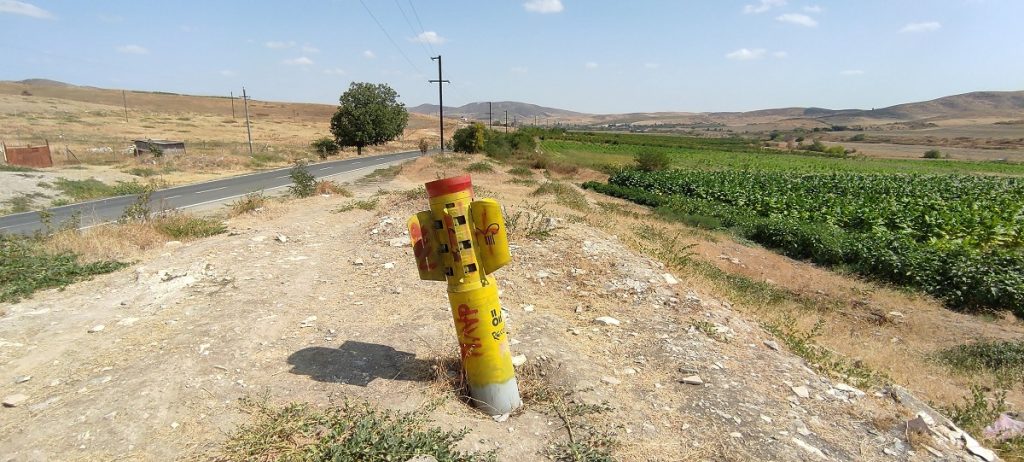
Lachin corridor is still the “road of life”
To understand the position of the unrecognized republic after the war, it is enough to drive along the Lachin corridor.
It provides land communication between Armenia and Artsakh (the Armenian name for Nagorno-Karabakh). This six-kilometer stretch of road from May 1992 to November 2020 was actually controlled by the unrecognized NKR. Since November 2020, the security of movement along the Lachin corridor has been provided by Russian peacekeepers.
Before reaching the corridor, even on the territory of Armenia, there is a sign “Free Artsakh welcomes you”. Only now, these words evoke mixed feelings of bitterness among the locals and the ever-dying hope that everything will return to normal.
On the once-busy highway, you can now see a few cars and at the very beginning of the corridor, another inscription is displayed in Russian – “Lachin corridor is the zone of responsibility of the Russian peacekeepers”.
Well-fortified checkpoints of Russian peacekeepers stand every 5 kilometers. Filming is strictly prohibited. Polite young soldiers ask to see your documents, sometimes they check the trunks of cars and wish you a safe journey.
There is a strong feeling that there is an exclusion zone around: abandoned villages, trenches left after the war, and traces of shelling on the asphalt and gates of houses.
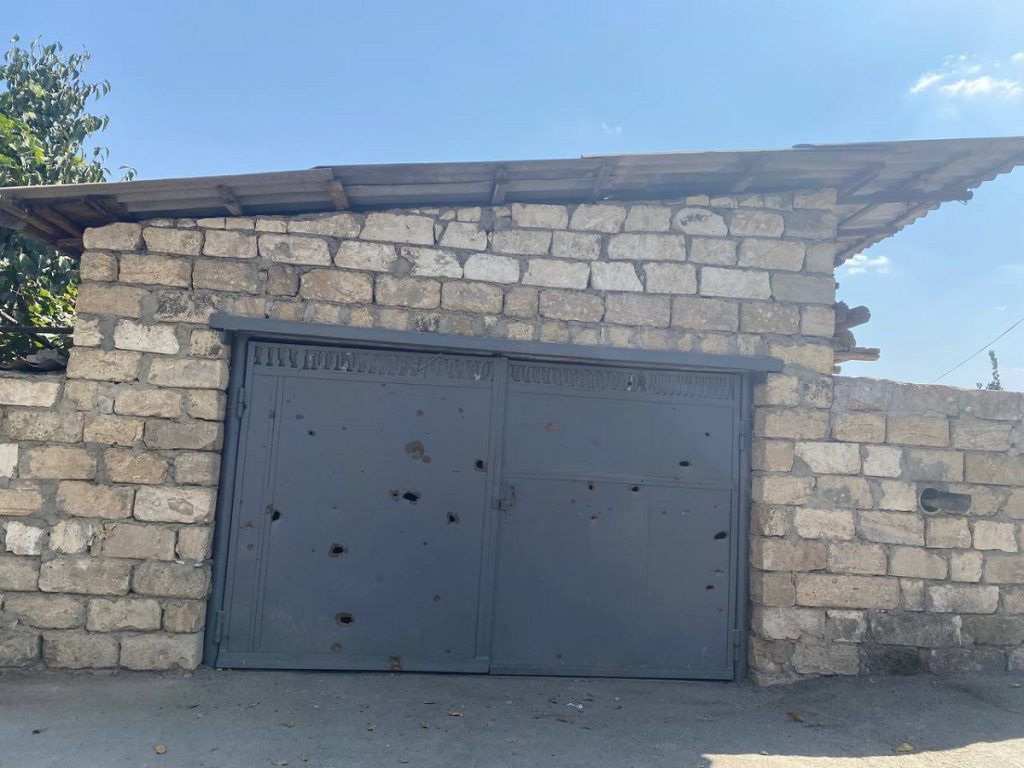
However, as the Armenians passing along the corridor admit, for them the most difficult picture opens up near Shushi [the Azerbaijani name of the city is Shusha], with the capture of which the second Karabakh war ended. At the very entrance to the city, a large construction site catches the eye in the distance – Azerbaijan is rapidly building roads and tunnels.
The last Russian checkpoint of the corridor is located near the city, and Azerbaijani soldiers are standing five meters away. The Armenian inscription “Shushi” on the fortress has changed the Azerbaijani name of the city – “Shusha”, and next to the Azerbaijani flags the Turkish one is waving – red with a white crescent.
The positions of the opposing sides are now located between Shushi and Stepanakert [the Azerbaijani name of the city is Khankendi], in some places at a distance of several tens of meters from each other. The capital of NK is now actually on the line of contact.
Lively and quiet Stepanakert
If you accidentally get to Stepanakert and do not know the background, you can hardly guess that a year ago the city was subjected to attacks from modern operational-tactical missile systems and multiple launch rocket systems.

Stepanakert is almost completely restored. Now, new housing complexes are being built here at an accelerated pace to provide shelter for internally displaced persons. There are several tens of thousands of them. Some returned to Karabakh and still live in hotels and hostels. Others stayed in Armenia while some left for Russia.
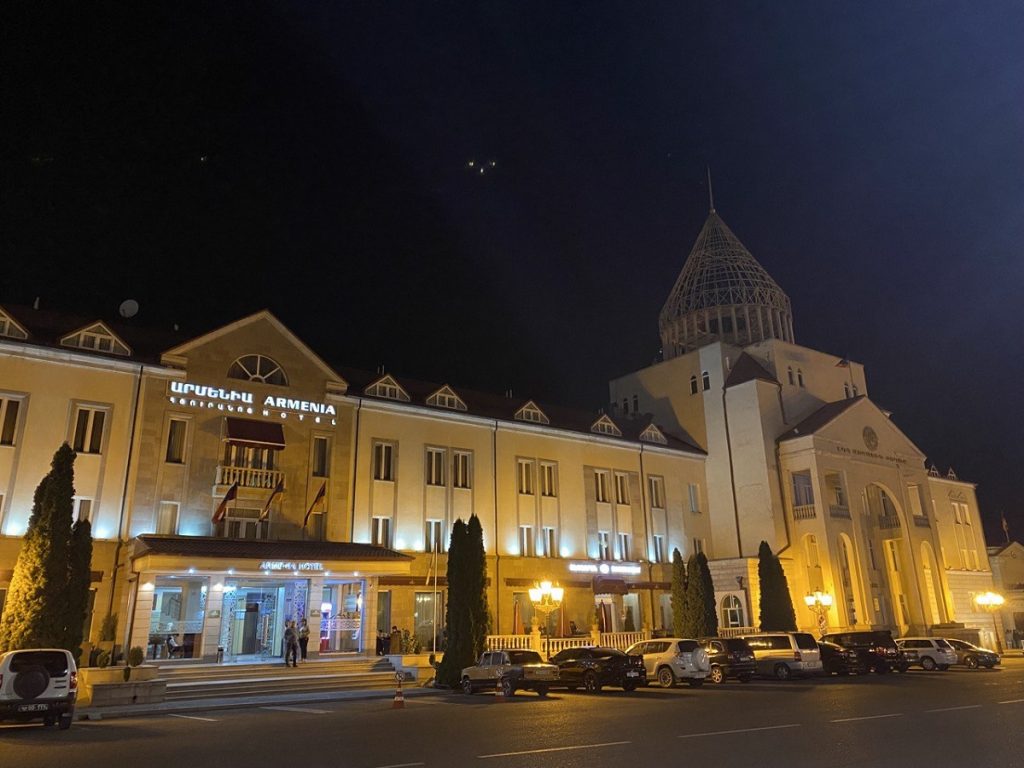
Stepanakert is the same clean and pleasant town, with evening cafes and lighted fountains. With the sunset, the center revives, but loud music cannot be heard in the restaurants, cars drive around the city calmly, and people seem to be embarrassed to laugh at full volume.
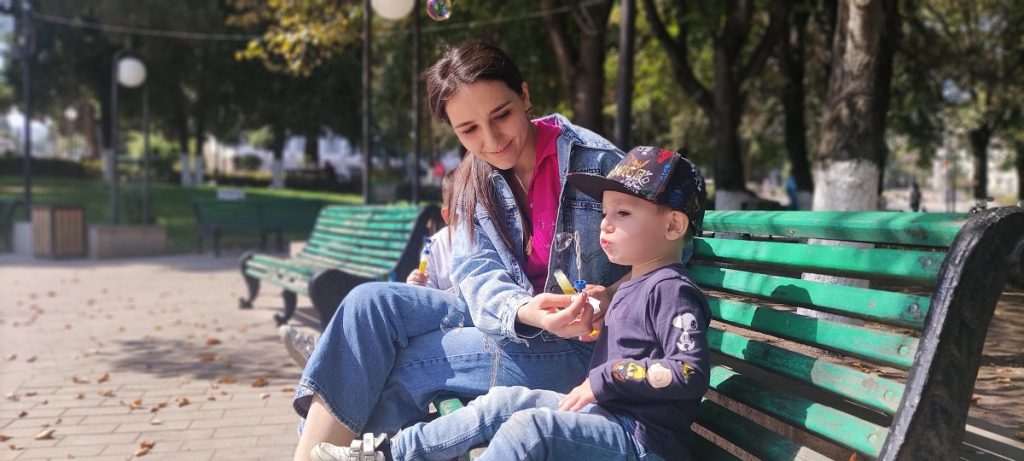
The traces of war on buildings are practically erased, but wounds are still fresh in the souls of people. Here, almost every family has lost a loved one, a relative, or a friend.
In a once-bustling market, sellers are now looking out for a few buyers. Previously, guests from Armenia and even tourists from other countries used to come here.
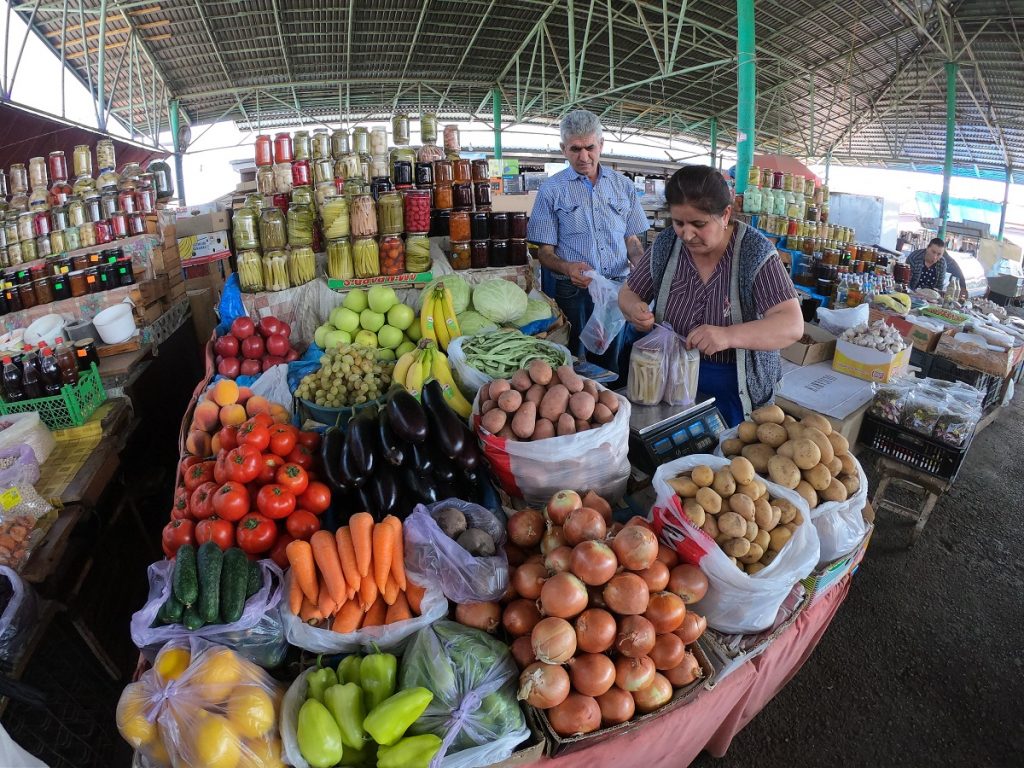
Now the flow is scanty, admits Donara Barseghyan, who has been baking branded Karabakh flat cakes – “zhengyalov ac” right on the market for more than 10 years:
“A month after the war, there were very few people. Few come, some leave altogether. It used to be good. There were a lot of people”.
Aunt Donara, as the locals call her here, did not leave the market even during the war. In the morning, she baked “bread and herbs” and distributed it to the soldiers free of charge. Then I went to collect the filling for the cakes again. Over the years, it has become a kind of symbol of the city. Everyone knows – no matter what happens, Donara is always in his place.
“It’s hard for people now. Financial assistance from the state helped, but this is not enough. There is an outflow from the republic. Some people come here for big bags. They say that they are leaving for Russia. But there are also those who return. People are afraid that war could start again. The Russians say that while we are here, you can be calm, but still”, says Donara.
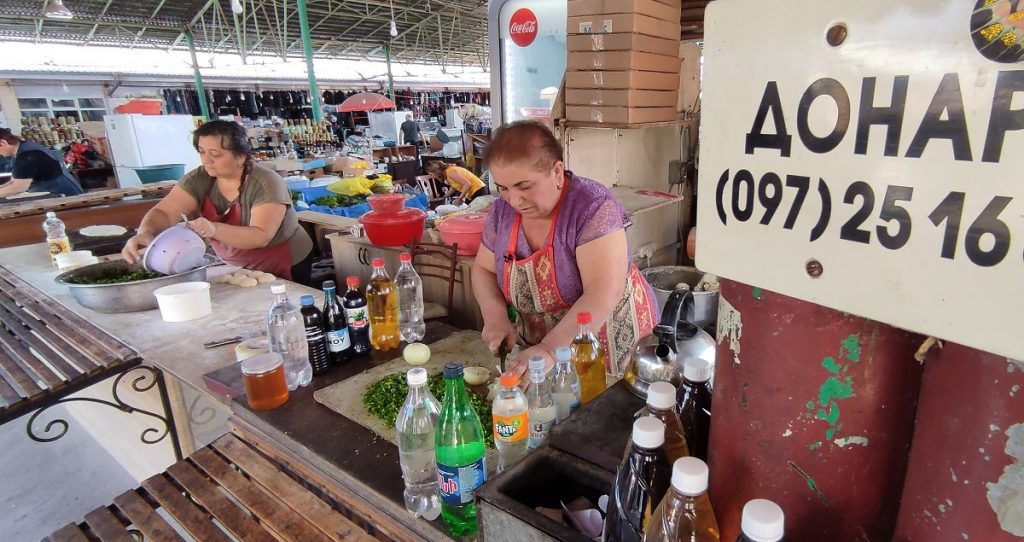
Russian peacekeepers: how long will they stay in Karabakh
The Russian peacekeepers are treated very well here, and people hope that their mission will be extended. According to a November 10, 2020 statement, if no side proposes to terminate the mission 5 years after deployment, the Russian peacekeepers will remain. But no one here knows what will happen in 2025.
David Babayan, Minister of Foreign Affairs of the unrecognized republic, says that Azerbaijan is already preparing the ground for abandoning the peacekeeping mission:
“In general, people trust peacekeepers. And Azerbaijan and Turkey do not like this. Therefore, they are trying in every possible way to discredit the Russian peacekeepers in different ways. Now they are trying to show that Russia has the same interests as Turkey and Azerbaijan, that everything has already been decided, that Azerbaijan will take Artsakh under its control, and no one will interfere with this. But we consider Russia a brotherly country for us”.
However, even the presence of Russian soldiers does not prevent cases of ceasefire violations. Although after the war, no serious incidents were recorded, from time to time shots still sound, as a result of which there are even wounded. Inhabited localities are also subjected to shelling.
The village of Karmir Shuka (Red Bazaar) is now on the line of contact, although before the war it was far in the rear. Azerbaijani positions are located just a kilometer from the houses. After the war, the Red Bazaar was shot several times. So far there have been no casualties. It is hard for the locals to live in such conditions. Despite this, almost all residents returned to the village after the end of hostilities.
“To live in the land of the ancestors”
Staying or leaving is perhaps the main question for the residents of Nagorno-Karabakh. After the war, this is a different land, there is no stability and confidence in the future. Residents are sure that with shelling and various provocations, Azerbaijan wants to deepen this instability further and force those who remain to leave.
Juliet Harutyunyan agrees to be interviewed after much persuasion. Her son left his wife and five children at home and volunteered. He fought until the last day. She herself and her husband waited out the war in Armenia. She returned a few days after signing the ceasefire document.
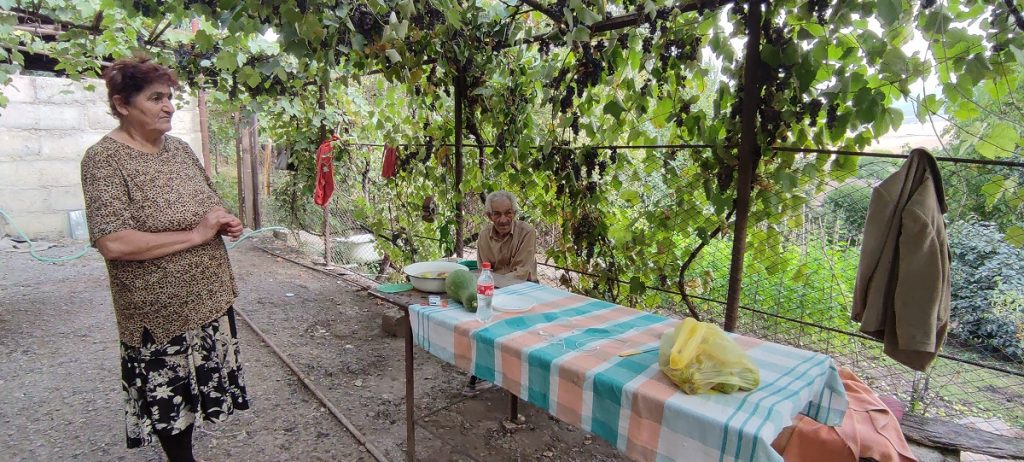
“We will live here. Whatever they do. This is the land of our ancestors. Only their posts are very close. I would like to move away for a while. Because when they shoot, they immediately end up in the Red Bazaar”, says Juliet.
But of course, no one will withdraw the troops. This village is still lucky. The neighboring village of Tagavart was divided into two parts – Armenian and Azerbaijani. The positions of the parties are located directly between the houses, in places they are separated by a couple of tens of meters.
Unlike Tagawart and the Red Bazaar, Martuni lives in relative tranquility. The Azerbaijani positions can be seen here only through binoculars.
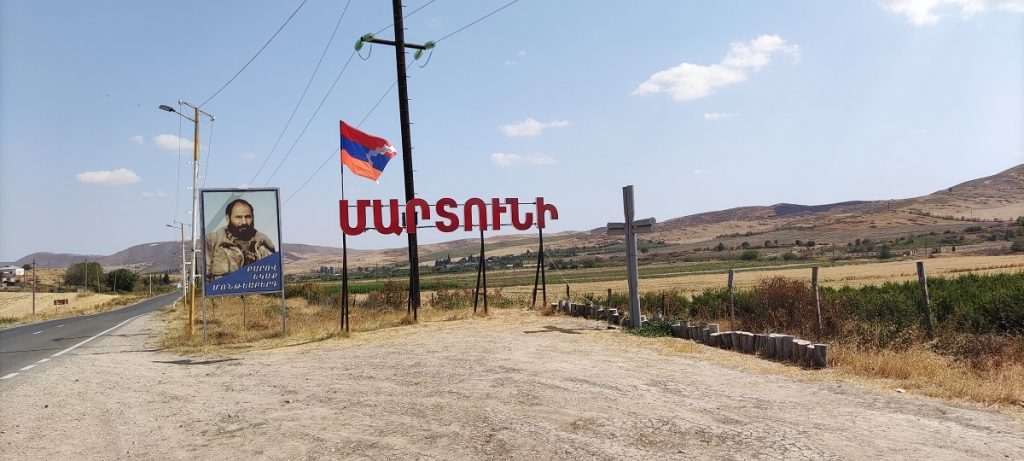
Martuni was subjected to fierce bombing during the war. An unusual silence reigns here now. Life returned to its usual track, although the faces of many are still the same sadness.
In the city center, the silence is broken by the sounds of a piano, cello, and violin. The music school is full of students even on Saturday. They became much more after the war when the inhabitants of the settlements that came under the control of Azerbaijan moved here.

“The war has directly affected almost all families. There is the Agasyan family, where two brothers were killed in the war. One was a war hero of the 16th year and our student. It is tragic, difficult to describe in words. There is a lost son and father”, says Alvina Baghdasaryan, the headmaster of the school.
She has already survived the third war. Like virtually all men, her husband and son also volunteered. Martuni was able to withstand the onslaught of the enemy, although at the beginning of the war Azerbaijan tried to break through the defense line in this direction.
Could there be a fourth war? Maybe Alvina says. But she’s not going to leave anyway:
“And there can be no question that we finally lose Artsakh. This is how people live. Even with the thought that we will return the lost lands. And we will live as before”.
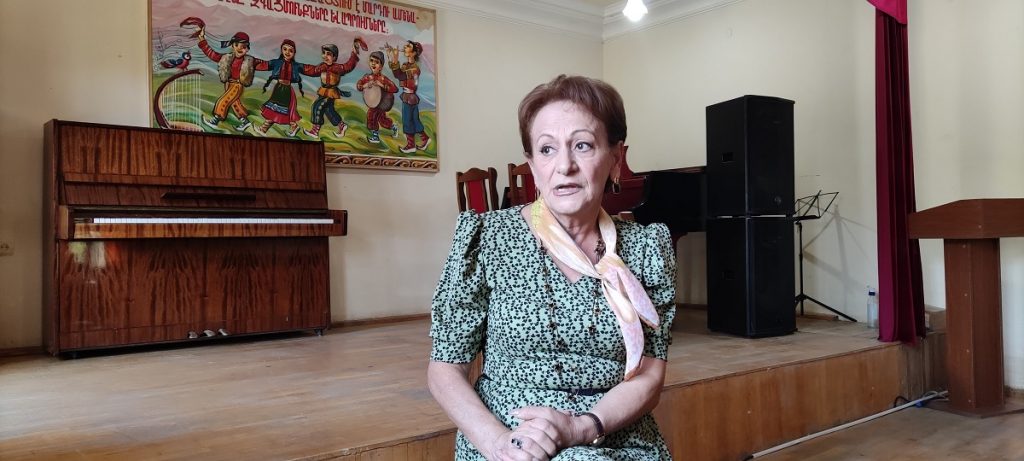
The territory of NK, which remained under the control of the Armenian side, is practically completely cut off from Armenia. But official Yerevan is not going to give up the issue of the status of Nagorno-Karabakh.
Now, a year after the war, the main task of the local authorities is to return the migrants who remained in Armenia to Karabakh. They believe that it will take decades to return to the pre-war pace of development. And ordinary people think that at any moment you need to be ready for war, people are sure that it is inevitable.
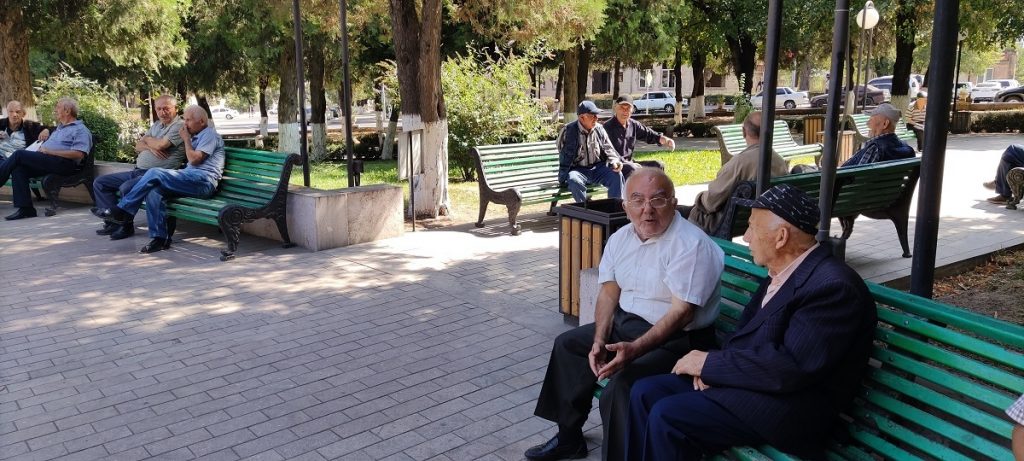
Supported by RLNE










